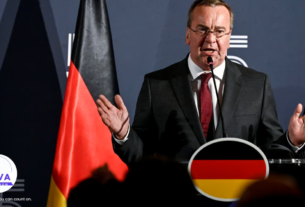The United Kingdom is confronting a formidable challenge: revitalizing its military capabilities to meet escalating global threats, particularly from Russia. Prime Minister Keir Starmer has unveiled an ambitious defense strategy, including the construction of up to 12 nuclear-powered submarines, six new munitions factories, and the procurement of 7,000 long-range missiles. Additionally, a £15 billion investment is planned to modernize the country’s nuclear warheads. While these initiatives aim to bolster the UK’s defense posture, experts warn that the path to a fully revitalized military is fraught with obstacles.
A significant concern is the current state of the British Army, which is experiencing a decline in personnel numbers. The Army is projected to fall below 70,000 personnel, the lowest since 1793, raising questions about its readiness and capacity. Recruitment and retention issues persist, with more individuals leaving the armed forces than joining. In 2023, 15,000 people left the armed forces, while only 11,000 joined. Addressing these challenges is crucial to ensuring a robust and effective military force.
Furthermore, the Ministry of Defence (MoD) faces significant procurement delays. The Morpheus communications system, intended to replace the outdated Bowman system, has been mired in delays and is now not expected to enter service until the next decade. Such delays hinder the modernization efforts essential for maintaining operational effectiveness.
Despite these challenges, the UK government is committed to enhancing its defense capabilities. A new Defence Innovation Agency is set to be launched in early 2025, aiming to streamline research and development efforts and accelerate the adoption of emerging technologies. This initiative seeks to address capability gaps and ensure that the armed forces are equipped to handle modern threats.
In conclusion, while the UK’s defense strategy is ambitious and forward-looking, it must navigate significant hurdles, including personnel shortages, procurement delays, and financial constraints. The success of this endeavor will depend on effective implementation, sustained investment, and a comprehensive approach to addressing the multifaceted challenges facing the armed forces.




